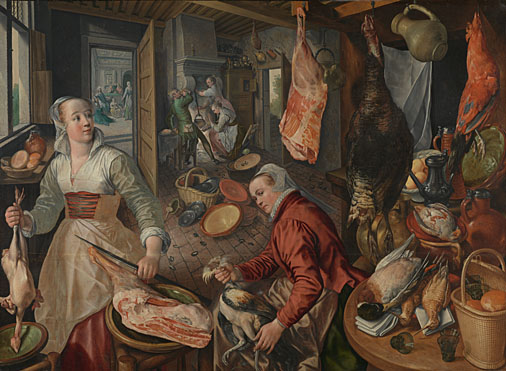The Four Elements
WHAT IS THE FOUR ELEMENTS?
"Fire, water, air and earth as we commonly know them are but outwardly manifested forms of the Elements themselves. Their manifestations are as follows: the element of water has magnetic properties; it nurtures and sustains. The element of fire has electrical and creative properties. Air is a detaching element and enables co-existence of the two main elements, fire and water. The element of earth binds fire, water and air in various proportions, which makes possible the formation of materials with different properties."
The element of fire (choleric)
Positive qualities: vigorousness, zeal, enthusiasm, courage, decisiveness, power of creativity, daring, sedulity...
Negative qualities: quarrelsomeness, irritability, urge to destroy everything, passion, immoderacy, jealousy, voraciousness, vindictiveness, violence, hate, anger, sudden ebullition...
The element of air (sanguine)
Positive qualities: vigilance, care-freedom, kind-heartedness, trusting nature, clarity, lightness, independency, dexterity, optimism, diligence, acuity, joy, smiling...
Negative qualities: lack of perseverance, dishonesty, gossipy, cunningness, backbiting, garrulousness, inconstancy, touchiness, prodigality...
The element of water (phlegmatic)
Positive qualities: understanding, placidity, mildness, trusting nature, devotion, mercy, forgiveness, modesty, compassion, fervour, pliancy, meditativeness, internalization...
Negative qualities: indifference, heartlessness, laziness, indolence, rigidity, lack of daring, lack of concern, unstableness, dejection...
The element of earth (melancholic)
Positive qualities: consistency, conscientiousness, perseverance, punctuality, caution, resistance, responsibility, carefulness, firmness, reliability, sobriety, ambition, respectfulness, matter-of-factness...
Negative qualities: stuffiness, superficiality, laziness, indifference, cumbersomeness, touchiness, lack of conscientiousness, irregularity, timidity, scornfulness...
The Four Elements Represented through Art
The National Gallery - Joachim Beuckelaer
1569
Earth Element - "This is one of a set of four pictures which take as their theme the four elements of 'Earth', 'Water', 'Air' and 'Fire'. In the art of the Low Countries in the later 16th and 17th centuries it became common to symbolise the elements by references to the natural world. Here, seductive representations of market produce for sale or for cooking are combined with relevant Biblical episodes. Beuckelaer's series of paintings are among the earliest and most accomplished fusions of these themes. These four pictures were produced in Antwerp, probably for a patron in Italy.
In this painting, 'Earth', the produce is depicted with tremendous bravura: vegetables tumble from the basket held by the woman on the left, and cascade towards the viewer. Sixteen different varieties of vegetable and fruit have been identified. The tiny figures of the Holy Family can be seen crossing a bridge in the far distance on the left."

Fire Element - "Fire is one of Beuckelaer's most ambitious works, combining the still life of haunches of meat and poultry being prepared for cooking on the fire beyond with a dramatic use of perspective constructions involving multiple vanishing points. Beyond the kitchen Christ is shown seated with Martha and Mary."
Water Element - "Twelve different varieties of fish have been identified among those offered for sale in this painting. The direct gaze of the stall holders is particularly striking, as is Beuckelaer's use of steep perspective framing the street vista to the left. Framed by the central arch is the scene of Christ appearing to the disciples for the third time after his Resurrection to perform the miracle by which fish appear in hitherto empty nets."
Air Element - "In this painting, 'Air', different kinds of fowl are offered for sale, some still alive in large wicker baskets, others dead and ready for plucking. On the platter in the centre of the foreground are rabbits, and to either side eggs in a basket and stacks of cheeses. In the middle of the composition, at a distance, the prodigal son is shown leaning against a woman in a debauched manner."



No comments:
Post a Comment